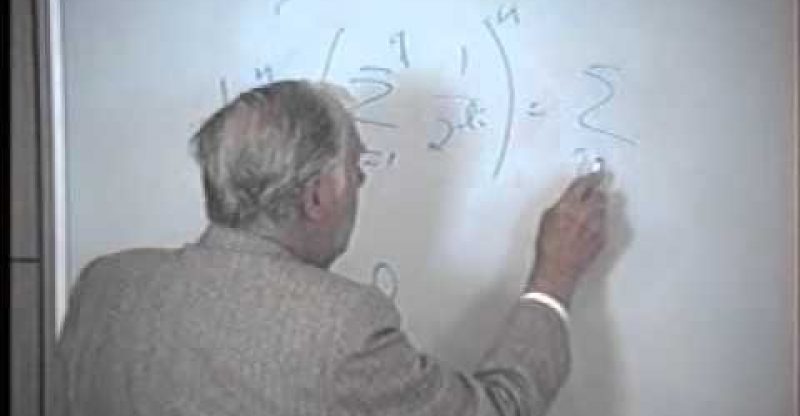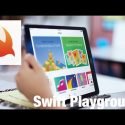Hamming, “Coding Theory – The Representation of Information, Part I” (April 18, 1995)
Intro: Having looked at computers and how they operate, we now turn to the problem of the representation of information – how do we represent the information we want to process. Recall that any meaning that a symbol may have depends on how it is processed; there is no inherent meaning to the bits that the machine uses. In the synthetic language mentioned in Lecture 4 on the history of software, the breaking up of the instructions was pretty much the same for every code instruction and this is true for most languages; the “meaning” of any instruction is defined by the corresponding subroutine.
The Art of Doing Science and Engineering: Learning to Learn” was the capstone course by Dr. Richard W. Hamming (1915-1998) for graduate students at the Naval Postgraduate School (NPS) in Monterey California.
This course is intended to instill a “style of thinking” that will enhance one’s ability to function as a problem solver of complex technical issues. With respect, students sometimes called the course “Hamming on Hamming” because he relates many research collaborations, discoveries, inventions and achievements of his own. This collection of stories and carefully distilled insights relates how those discoveries came about. Most importantly, these presentations provide objective analysis about the thought processes and reasoning that took place as Dr. Hamming, his associates and other major thinkers, in computer science and electronics, progressed through the grand challenges of science and engineering in the twentieth century.
source






